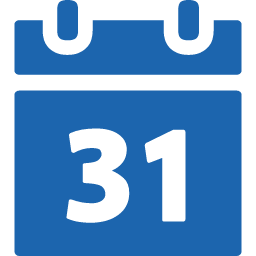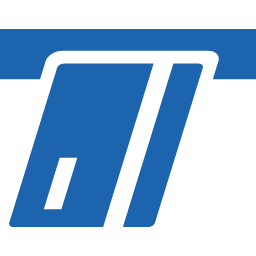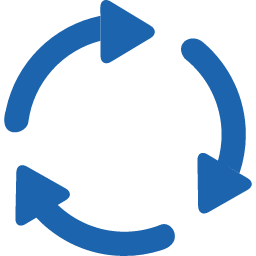YNAB vs Mint vs Kualto vs Mint Bills
 Mint is For You If...
Mint is For You If...
- You want to see all your accounts (bank, credit cards, loans) in one place.
- You want to create monthly budgets for expense categories (e.g., eating out), and you want to see how much of your monthly budget you have consumed so far.
 Mint Bills is For You If...
Mint Bills is For You If...
- You want to be reminded when your bills are due.
- You want to pay your bills from one central place.
 Kualto is For You If...
Kualto is For You If...
- You want to organize your finances by looking into the future and forecasting what your account balance will be weeks or months later based on your expected income and expenses.
- You want to see a weekly view of your finances rather than a monthly view.
- You want to be reminded when your bills are due.
 YNAB is For You If...
YNAB is For You If...
- You want to organize your finances by "allocating" money for your expenses out of your monthly income, and you want to see what is left over.
- You don't care about forecasting to see what your bank account will look like in the future. You want to make plans only with the money you have in your account today
 How You Use Mint
How You Use Mint
- You link all your accounts (bank account, credit cards, loans, etc.).
- You view all your transactions from one central place, along with each account's current balance.
- You create budgets for each category. For example, you can create an $80 monthly budget for the category "Eating Out."
- As you spend your money, you add transactions and assign them a category. You look at your budgets periodically, when considering spending money on something, to see how much of your budget for that category you have already spent for the month.
- You can also create goals for things you want to start saving money for.
 How You Use YNAB
How You Use YNAB
- You enter your account's starting balance.
- At the beginning of each month, you enter a budgeted amount for each of your bill categories, for the entire month.
- As you spend money out of your account, you add transactions and assign them a category.
- YNAB will update the ‘balance’ for each of your categories (budgeted minus outflow transactions).
- Based on your “Available to Budget” amount, you can make decisions about whether or not you can save more money, or allocate the extra money for spending on other things.
- Every month you’ll need to enter your budgeted amount for each bill, as there is no recurring expenses support.
 How You Use Kualto
How You Use Kualto
- You enter your bank account’s starting balance.
- You enter your income, bills and how frequently they occur (e.g., bi-weekly).
- You get a weekly view of your finances where you can see what is due each week, along with an expected starting and ending balance for each week.
- You navigate forward to any week in the future to see what your expected balance will be, based on your entered income and expenses.
- Each Sunday you receive an email with the list of bills due that week (weeks start on Monday). You are encouraged to schedule payment for all your bills on Sunday, so you don't have to think about them for the rest of the week.
- If you forget to schedule payment for a bill, you will be reminded again with an email, on the day the bill is due.
- As you spend from your bank account, you update the appropriate week, and see your future account balance change.
- For planning, you add a transaction to any week, and watch what happens to your account balance weeks or months from then. This will tell you whether or not you will fall short in the future because of your spending today.
 How You Use Mint Bills
How You Use Mint Bills
- You add your bills by linking your accounts (e.g., credit card, loans).
- You link your bank account.
- You get reminded when your bills are due.
- You get alerts if your account balance is low.
- You pay your bills right from Mint Bills.
SUMMARY
- Mint Bills facilitates bill pay
- Mint lets you view all your accounts in one place, and allows for some budgeting
- YNAB let's you organize your finances/expenses by taking into consideration the money you have in your account today
- Kualto let's you organize your finances/expenses by taking into consideration not only the money you have in your account today, but also your future account balance (balance forecasting)













